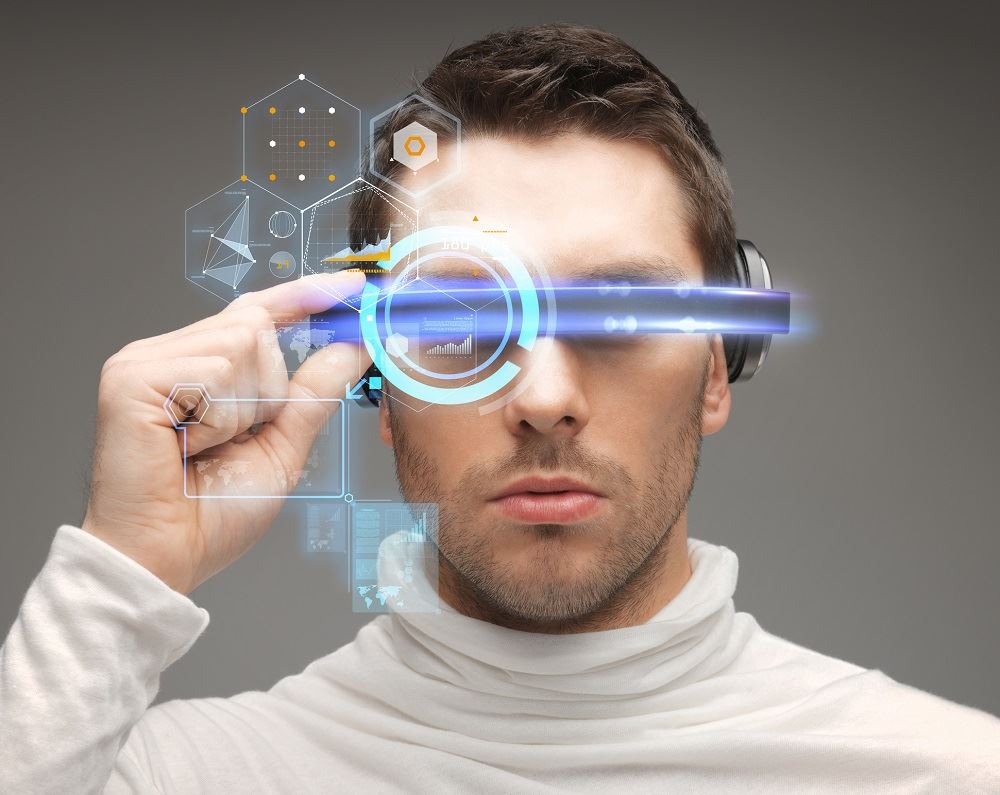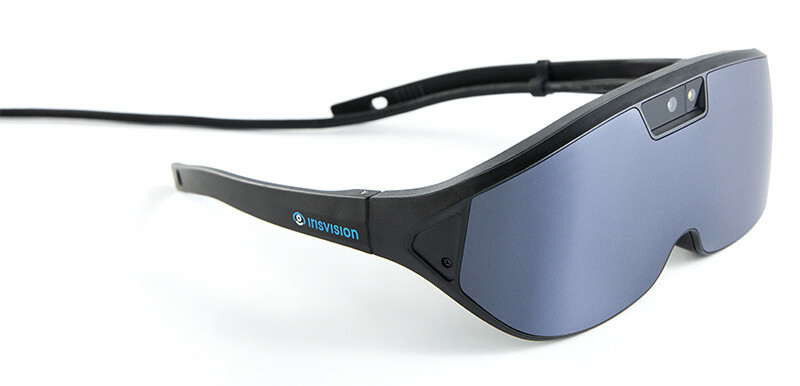Maximizing Efficiency with Screen Readers for the Blind: A Comprehensive Guide
Maximizing Efficiency with Screen Readers for the Blind: A Comprehensive Guide
Blog Article
Empowering Freedom With Assistive Technology for the Blind
The assimilation of assistive technology for individuals who are blind or aesthetically damaged stands for a significant innovation in promoting independence and boosting lifestyle. With a series of devices-- from screen readers to cutting-edge responsive devices-- these modern technologies not only facilitate navigation and communication yet also advertise social incorporation and engagement in different elements of life. As we explore the varied types of assistive tools and their real-world applications, it ends up being clear that the influence is extensive. Yet, the evolution of this technology elevates essential inquiries about accessibility and future growths that warrant additional evaluation. Assistive technology for the blind.
Understanding Assistive Innovation
Although assistive innovation has advanced substantially throughout the years, its fundamental objective stays the very same: to boost the top quality of life for individuals with impairments, especially those that are blind or visually impaired. This modern technology encompasses a wide variety of tools and gadgets that help with freedom and capability in everyday activities.
Assistive modern technology can be categorized into low-tech and sophisticated services, each made to fulfill specific demands. Modern tools commonly include software applications, specialized hardware, and adaptive devices that utilize innovative innovation to give assistance in numerous contexts. Alternatively, low-tech solutions might include day-to-day items that are modified to improve accessibility, such as magnifiers or tactile markers.
The assimilation of assistive technology right into the lives of people that are blind or aesthetically harmed not only promotes freedom yet also fosters social addition and engagement in professional and academic environments. By leveraging these technologies, users can navigate their surroundings, access info, and connect efficiently, thus boosting their overall lifestyle. Understanding assistive innovation is critical for specialists, supporters, and caregivers that intend to sustain individuals in optimizing their possible and accomplishing better self-reliance.
Types of Assistive Gadgets
Assistive tools for the blind and visually impaired are essential devices that improve daily obeying attending to details obstacles encountered by customers. These gadgets can be extensively classified into 3 major types: optical tools, digital gadgets, and sensory gadgets.

Sensory tools, such as Braille display screens and tactile maps, provide alternative means to get information. Braille shows transform electronic text into Braille, allowing customers to review touch. Responsive maps offer spatial understanding via raised lines and structures, permitting better ecological understanding.
With each other, these assistive gadgets empower people with aesthetic problems to involve even more fully with their environments, promoting better freedom and confidence in everyday activities.

Influence On Day-to-day Live
The combination of assistive technology right into the day-to-days live of individuals who are aesthetically impaired or blind dramatically improves their capacity to navigate and engage with the world around them. Instruments such as screen visitors, Braille presents, and mobile applications facilitate accessibility to details, enabling individuals to engage with digital web content, interact efficiently, and handle daily tasks separately.
In addition, modern technologies like clever glasses and navigating apps offer real-time support in unfamiliar atmospheres, boosting mobility and confidence. These tools allow users to determine barriers, reviewed indications, and also recognize faces, thus promoting a feeling of autonomy in public areas. Furthermore, home automation systems, which can be regulated with voice commands, enable individuals great site to handle their living environments more effectively, enhancing comfort and safety.
The influence of assistive innovation extends past sensible jobs; it advertises social addition and emotional health. By bridging the void between people and their surroundings, these modern technologies empower customers to take part totally in neighborhood tasks, go after educational chances, and take part in meaningful relationships. Eventually, the advancement of assistive innovation is crucial in redefining the opportunities for people who are blind or aesthetically impaired, leading to an extra available and comprehensive culture.
Success Stories and Reviews

An additional powerful endorsement comes from Mark, a current college graduate who used screen analysis software program throughout his academic trip. This technology enabled him to access course products and take part in discussions, eventually resulting in his successful transition into the labor force. Mark credit ratings assistive modern technology for equipping him to accomplish his job goals, highlighting its function in leveling the having fun area for people with visual disabilities.
In addition, recreation center have actually reported enhanced involvement in their programs many thanks to the introduction of available electronic systems. These systems have made it simpler for individuals to attach, share resources, and assistance one another. These success tales collectively emphasize the profound effect of assistive technology in fostering freedom, enhancing lifestyle, and damaging down obstacles for the aesthetically impaired and blind area.
Future Trends in Assistive Technology
Emerging modern technologies are poised to transform the landscape of assistive technology for people that are blind or aesthetically damaged. Technologies in expert system (AI) and artificial intelligence are boosting the abilities of gadgets, making it possible for more intuitive user experiences. For example, AI-driven applications are increasingly able to identify things and check out text out loud in real-time, giving customers with valuable info regarding their environments.
Furthermore, innovations in wearable innovation are creating brand-new chances for freedom. Smart glasses geared up with augmented fact attributes can overlay critical information onto the individual's visual field, helping with navigating and interaction with the atmosphere. The combination of Web of useful site Things (IoT) gadgets is simplifying availability in clever homes, enabling individuals to manage home appliances and obtain notices via voice commands or tactile user interfaces.
The growth of braille displays and tactile responses systems is also rising, advertising access to digital web content and enhancing interaction. As these innovations remain to evolve, they promise to enhance day-to-day living, instructional possibilities, and work potential customers for individuals with visual impairments. Constant cooperation between engineers, users, and advocacy teams will be crucial in making sure these developments satisfy the needs of the community successfully.
Verdict
Finally, assistive innovation plays an essential duty in improving the independence of individuals who are blind or visually damaged. By offering necessary devices and sources, these technologies promote enhanced gain access to, navigation, and interaction to details, consequently fostering freedom and positive self-image. The transformative impact of assistive gadgets not only advertises efficient interaction with the environment but also motivates social incorporation and engagement in various elements of life, eventually encouraging customers to grow within their communities.
The integration of assistive modern technology for individuals that are blind or aesthetically impaired represents a significant innovation in promoting freedom and improving top quality of life.The assimilation of assistive innovation into the lives of individuals that are blind or aesthetically harmed not just advertises freedom yet likewise fosters social incorporation and participation in academic and expert settings. Inevitably, the advancement of assistive innovation is important in redefining the possibilities for people who are blind or visually impaired, leading to an extra comprehensive and easily accessible culture.
Numerous individuals that are aesthetically damaged an eye exam or blind have actually shared motivating success stories that highlight the transformative effect of assistive modern technology on their lives.In final thought, assistive modern technology plays a critical role in improving the freedom of people who are visually damaged or blind.
Report this page